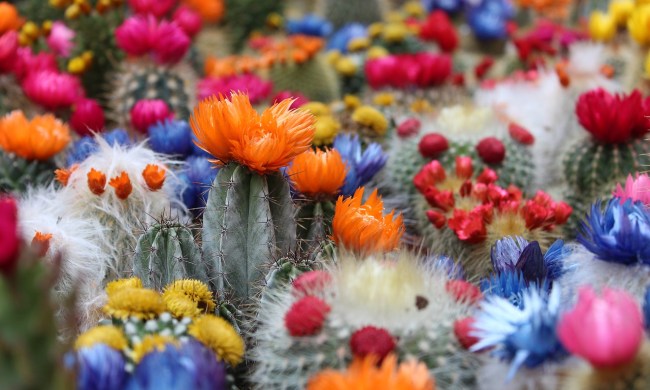There’s no easier way to bring a pop of life to your home office than by adding a beautiful yet easy-care plant in the corner. A fast-growing houseplant that isn’t too finicky lends your workspace a fresh and calming view. From aloe veras to philodendrons, we’ve compiled a list of the best home office plants.
No matter how much space you have available, how much light your office gets, or what kinds of plants you enjoy, something on this list will surely be a good fit for you. If you’ve been looking for foliage that grows quickly with minimal care, keep reading to learn all about our favorites.
1. Best for small-space dwellers: Arrowhead plant

As you might have already guessed, the arrowhead plant got its name because of its leaves, which look like mini arrowheads. The plant comes in a variety of colors, from brownish pink to bright green. With moderate watering, humidity, and indirect bright light, your arrowhead will start unfurling leaves in the blink of an eye.
While it produces leaves quickly, the arrowhead grows upright instead of trailing out, especially in 6-inch planters or smaller. If you’re in a smaller space, you won’t need to worry about finding a corner of your home to accommodate a plant that quickly trails downward.
2. Best for those with humid homes: Asparagus fern
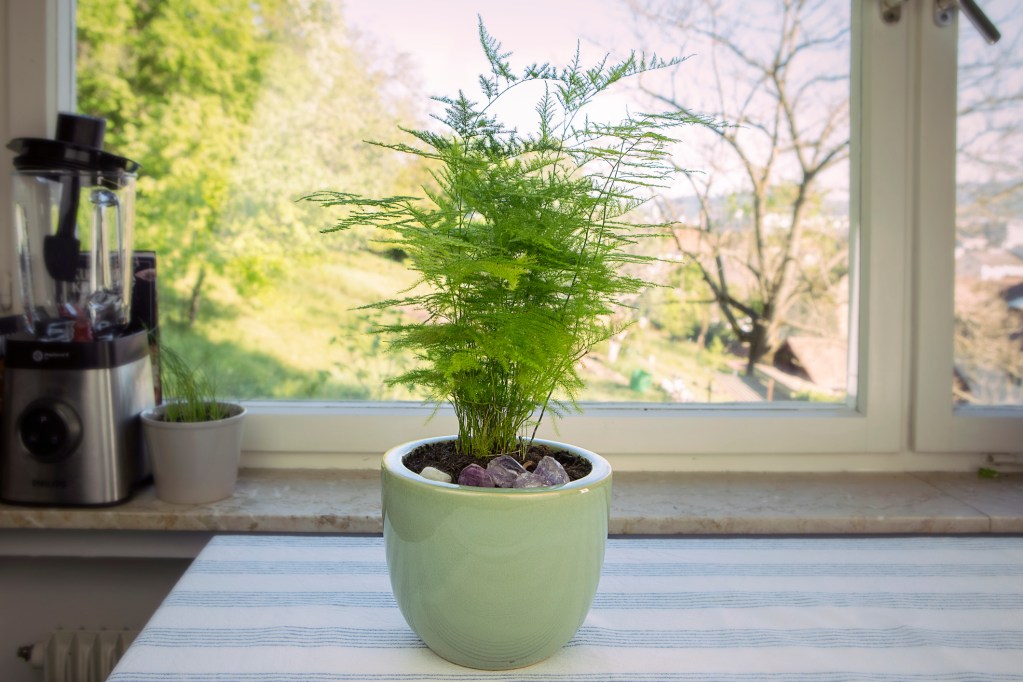
The asparagus fern, marked by its fluffy and tiny green leaves, doesn’t need too much water to stay alive. However, it does benefit from moisture and humidity, despite being drought tolerant. To ensure that this feathery plant thrives, keep it in a spot that receives plenty of bright, indirect light.
3. Best for those with low-light conditions: Grape ivy
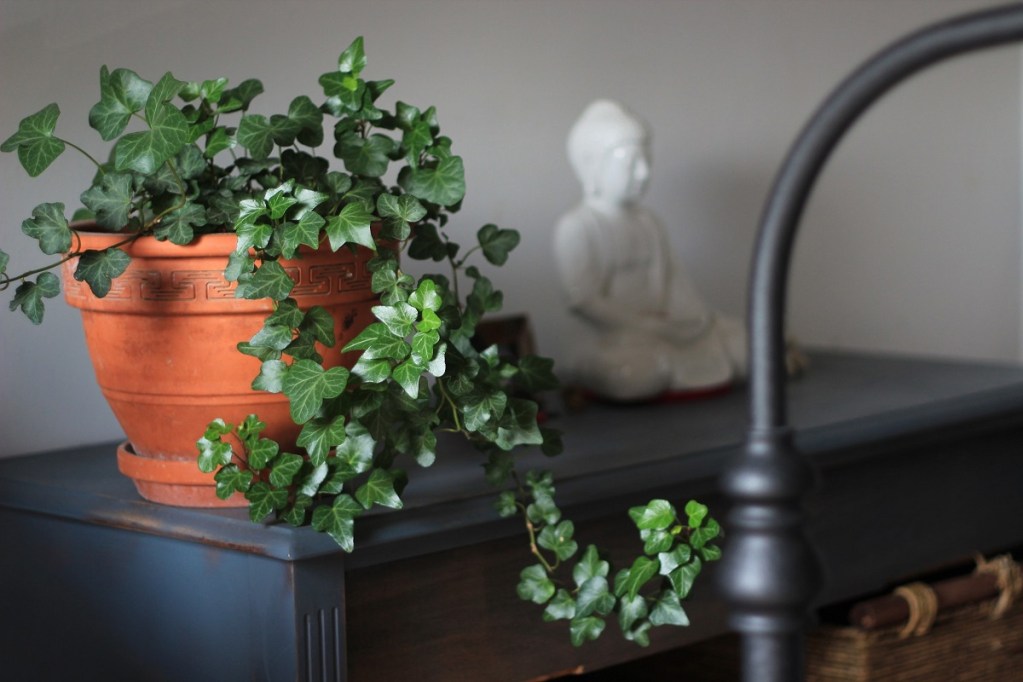
Look no further if you’ve been searching for fast-growing, hanging plants. With its dark, glossy, rhombus-shaped leaves that trail, the grape ivy may be an understated plant, but it is the perfect hanging basket plant for those who don’t get a lot of light inside their homes.
In fact, the grape ivy plant prefers medium indirect light as opposed to bright light, since overexposure can cause it to wilt, burn, or dry out. If you do get bright light, be sure to water your grape ivy more often. Feed your plant weekly with a diluted liquid fertilizer throughout the spring and summer for consistent growth.
4. Best for low-maintenance plant parents: Philodendron
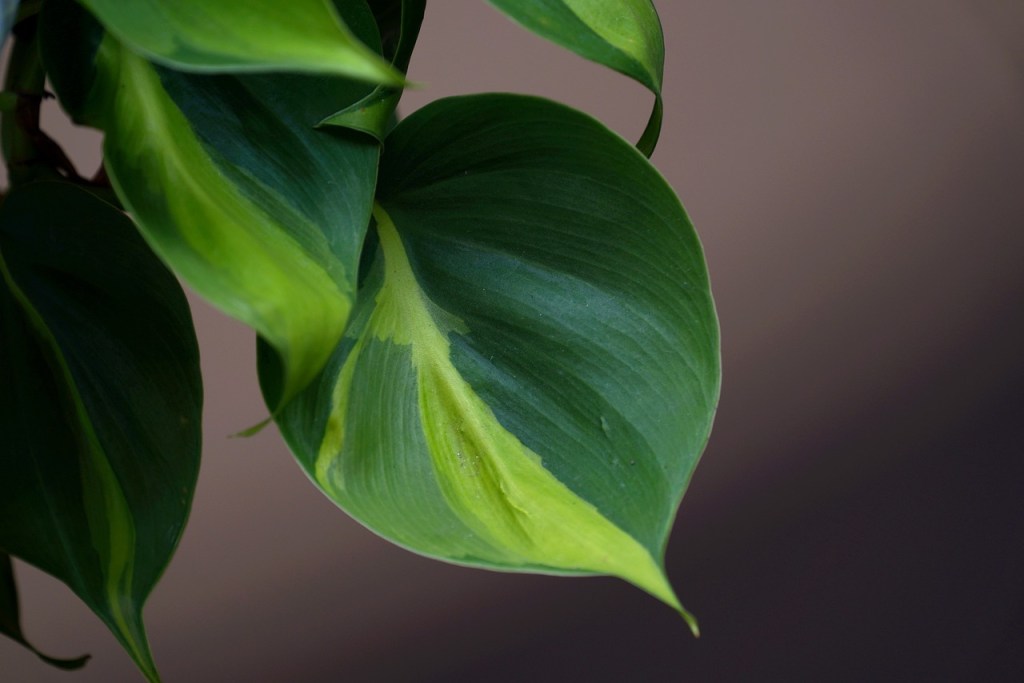
The philodendron may be ubiquitous, but it’s everywhere for a reason: it’s low maintenance. Defined by its trailing, heart-shaped leaves, this easy-care plant is the complete opposite of fussy. It doesn’t need bright indirect light, excessive watering, or weekly feedings. In fact, you can get away with watering it twice a month. However, the philodendron does benefit from occasional feeding during the growing season as well as bright indirect light — you’ll get faster growth this way!
5. Best for succulent lovers: Aloe vera

The spiky and fleshy aloe vera plant actually takes around three to four years to reach its mature size, but it’s a relatively fast grower when you compare it to, say, most cacti. As long as you don’t overwater your plant or overexpose it to light, it should grow at a steady pace. No time to feed? The aloe vera doesn’t need fertilizer. That said, you can fertilize your plant once or twice during the growing season — just be aware that overfeeding can burn the foliage.
6. Best for color lovers: Purple passion plant
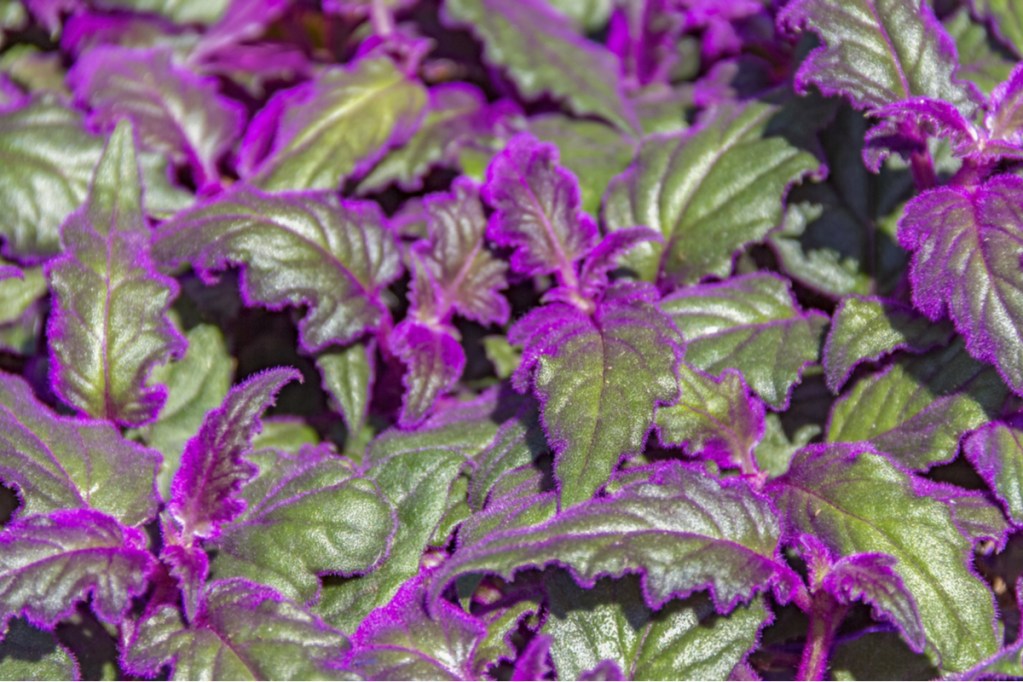
Featuring fuzzy, violet leaves, the purple passion plant is a stunning houseplant if you’re looking for something that’ll deliver a pop of color. Give your plant plenty of indirect sunlight for a more vibrant hue, but don’t let it get so much light that its foliage burns. Make sure to not mist the leaves, since this can rot them. To ensure that your purple passion plant thrives, fertilize it every two weeks from spring to autumn.
7. Best for flower lovers: Queen’s tears bromeliad
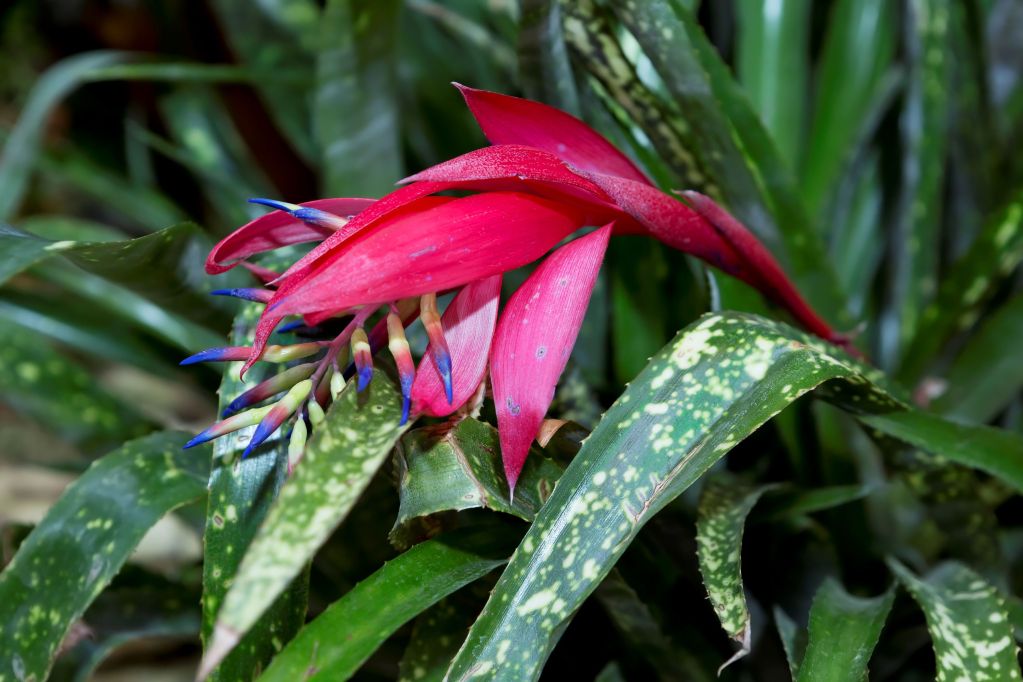
The queen’s tears bromeliad is a stunning tropical plant with clumps of thick, arching gray-green leaves and bright pink bracts. To ensure that your queen’s tears plant thrives, water it thoroughly when it dries out and give it bi-monthly feedings during the growing season. The queen’s tears plant doesn’t like to be overwatered — leave it in fast-draining soil so that the roots don’t rot. Keep this bromeliad in a warm, humid environment to avoid brown tips.
8. Best for pattern lovers: Silver squill
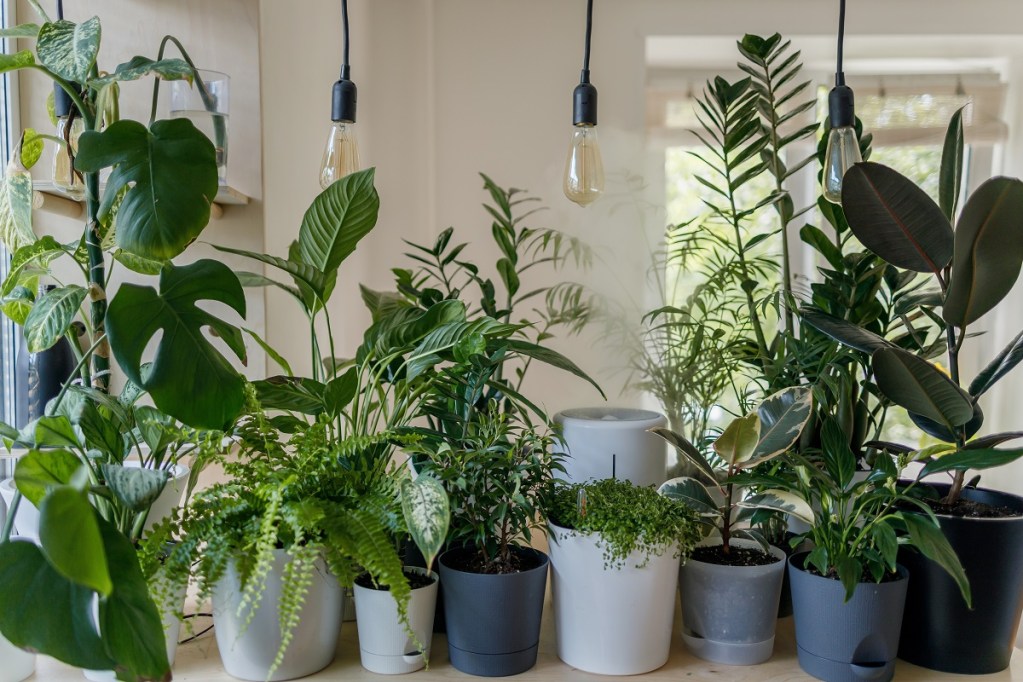
The succulent-like silver squill is an easy-care plant with beautiful, silver-dotted leaves. It’s mildly frost and drought tolerant, and it doesn’t require a strict care routine. To maximize its growth, give it bright light, minimal watering, and monthly feedings. Be careful not to overwater it — its bulb can rot if it stores too much moisture.
9. Best for propagators: Spider plant
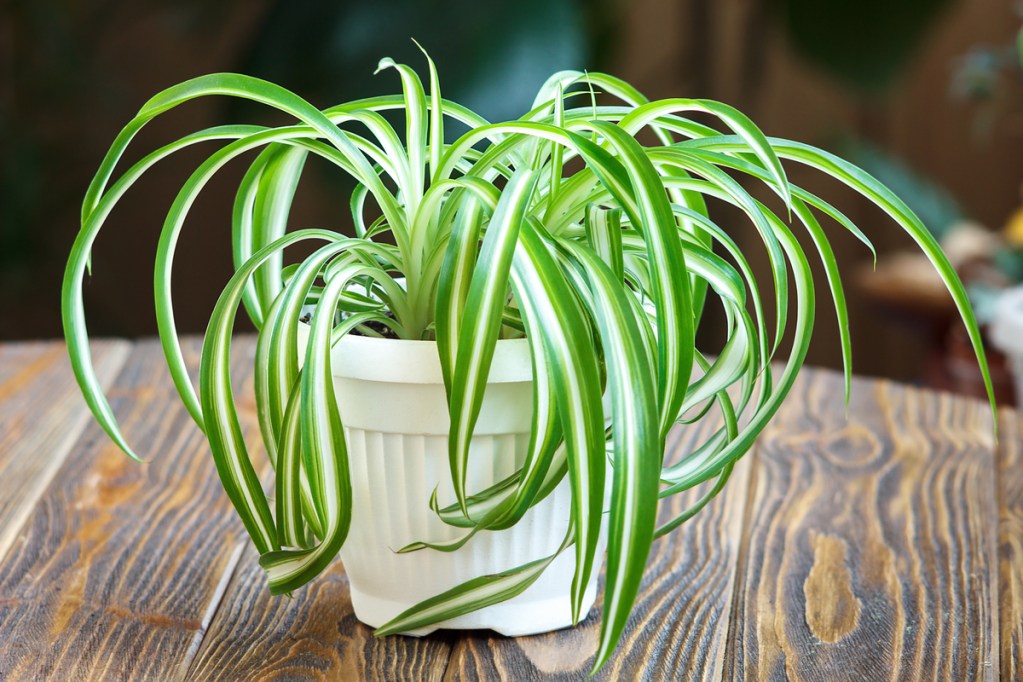
The striped, bushy spider plant is a prolific grower. As it grows, it pushes out tiny spiderettes from its arching leaves. The spiderettes then proceed to increase in size and push out more spiderettes of their own. While you can get cuttings from many trailing plants, you’ll need to have several nodes for a full plant. With the spider plant, one spiderette will grow and push out even more babies.
10. Best for filling space: Dracaena fragrens
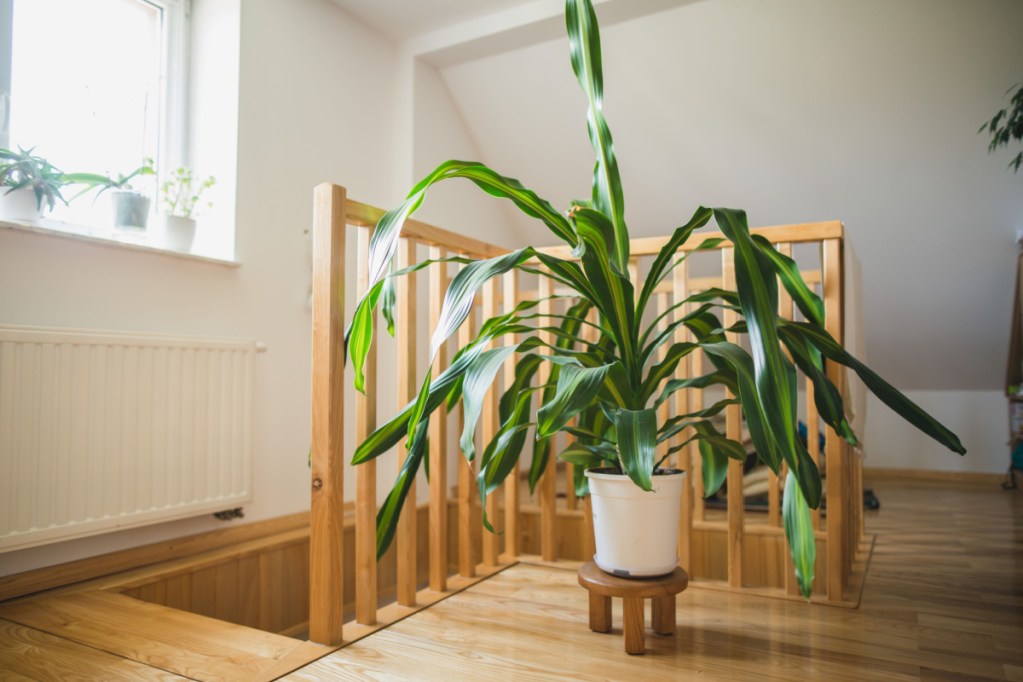
Dracaena is a genus of plants that contains many popular houseplants, and dracaena fragrens, also called corn plant, is one of them. It typically grows to between 4 and 6 feet tall indoors, but can get taller if given space. If you have a large empty space that’s just begging for some greenery, this is the plant for you. Dracaena fragrens prefers bright, indirect light, but it can tolerate some shade.
It also prefers to be watered fairly regularly, typically once per week. Let the soil dry mostly before you water it again, and be sure the pot has drainage holes. It will bloom, too, producing several clusters of small white or pale pink flowers. While indoor plants may not bloom as often as outdoor ones, they’re quite the sight when it happens!
When you’re focused on work in your home office, greenery can create a calming ambiance for productivity. Plants do require some maintenance, but plenty of varieties thrive without too much fuss. Whether you love a trailing philodendron or a splashy silver squill, there’s an office plant out there that’ll brighten up your workspace.




